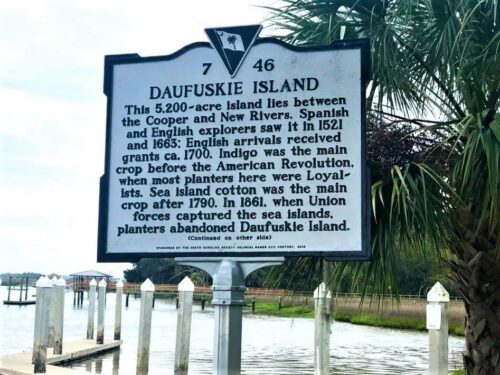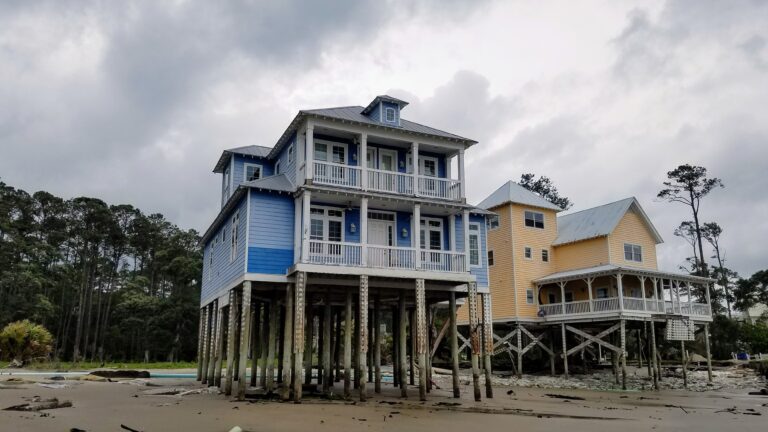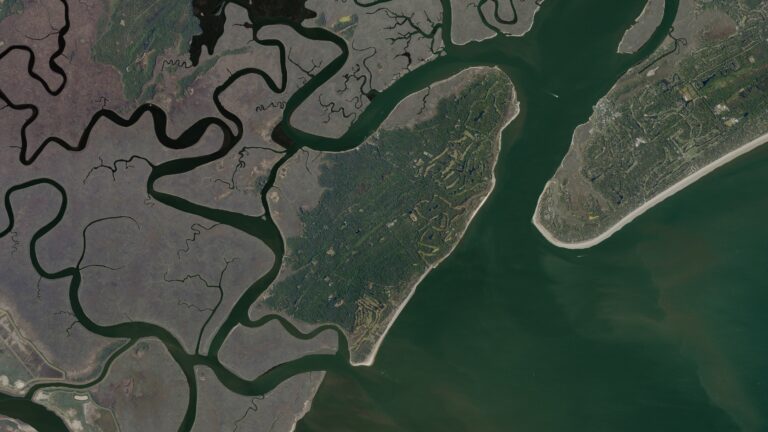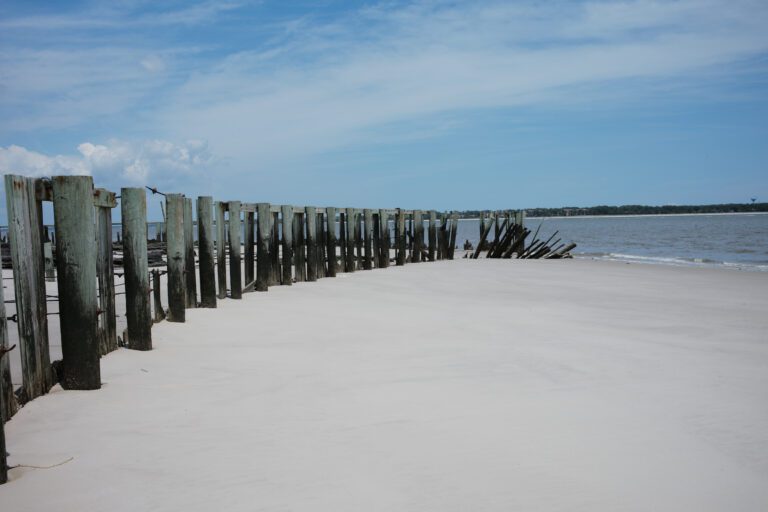Essential Travel Safety and Emergency Preparedness Tips
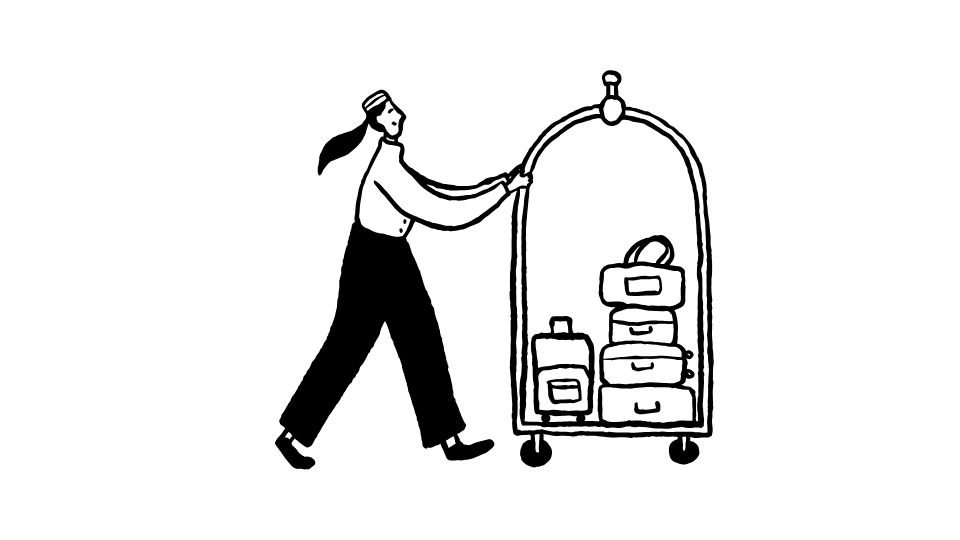
Ever feel like the world is screaming at you to be afraid of traveling?
From pickpocketers to natural disasters, it seems like danger lurks around every corner of your vacation.
But here’s the thing – travel doesn’t have to be scary. With some simple preparations and awareness, you can explore the world confidently while keeping yourself and your loved ones safe.
I’m not gonna lie – things can go wrong when you travel. But most problems are easily preventable with a bit of planning. Let’s dive into how you can prepare for emergencies without letting fear ruin your adventure.
Travel Safety: Prep Like a Pro Without Paranoia
Research and Planning: The Foundation of Safe Travel

Know before you go.
This might sound obvious, but so many travelers skip this crucial step. Before booking that flight, take 30 minutes to:
- Check travel advisories for your destination
- Research local scams (they’re usually pretty predictable)
- Understand basic cultural norms and expectations
Planning ahead isn’t just about safety – it makes your trip more enjoyable too! You’ll spend less time figuring things out and more time actually experiencing your destination.
Share your itinerary with someone you trust. Let them know where you’ll be staying and when they should expect to hear from you. This creates a safety net if something actually goes wrong.
For the super organized folks (high five!), consider registering with the Smart Traveler Enrollment Program (STEP) if you’re an American traveling abroad. It’s free, takes 5 minutes, and helps the embassy find you in emergencies.
On-the-Ground Safety: Street Smarts for Travelers
Transportation safety is where many travelers get into trouble. I’ve made some dumb mistakes here myself.
Don’t be like past-me, stumbling out of an airport at 2am with no plan. Instead:
- Arrange airport pickup through your hotel in advance
- Use official taxi stands or reputable rideshare apps
- Verify the driver matches the app profile before getting in
Stay aware of your surroundings. This doesn’t mean being paranoid – just pay attention.
Keep your head out of your phone when walking around. Look confident even when you’re lost (fake it till you make it!). And yeah, maybe don’t flash expensive jewelry or electronics in sketchy areas.
The drinking thing – I know, I know. Half the fun of travel can be experiencing local nightlife. I’m not saying don’t enjoy yourself, just:
- Know your limits
- Watch your drink being made when possible
- Stick with your group
- Have a plan to get back to your accommodation safely
Emergency Preparedness: Ready for Anything
Pack a mini emergency kit.
You don’t need a survival bunker in your carry-on, but a small kit with essentials can be a lifesaver:
- Basic first aid supplies
- Extra prescription meds
- Portable phone charger
- Small flashlight
- Copy of important documents
The SOL Origin survival kit is tiny but mighty for outdoor adventures.
Stay healthy and hydrated. Dehydration during travel is real, folks. Bring a refillable water bottle and actually use it. Pack some protein bars too – airport food is expensive and often gross.
Document backup is crucial. Email yourself copies of your passport, insurance info, and other important documents. Send them to a trusted contact too.
Creating Your Personal Safety System
Know your emergency contacts. Program local emergency numbers into your phone. In most countries, it’s not 911!
Use tech to your advantage. Download offline maps, translation apps, and maybe even a safety app that shares your location with trusted contacts.
Food safety matters. That street food might look amazing (and probably is), but use common sense. Look for busy stalls with locals eating there – they know what’s good AND safe.
For Business Travelers: Extra Considerations

If you’re traveling for work or managing a team that travels, consider these extra steps:
- Develop clear safety protocols for different destinations
- Provide resources for emergency communication
- Consider travel insurance that covers business-specific needs
- Schedule regular check-ins during trips
The Ultimate Emergency Kit

What should actually be in that emergency kit I mentioned? Here’s my practical list:
- Water and basic snacks – nothing fancy, just something to tide you over
- First aid essentials – band-aids, pain relievers, any prescription meds
- Communication tools – portable charger, whistle (low-tech but effective!)
- Comfort items – small blanket or extra layer for unexpected cold
- Light source – mini flashlight or headlamp with extra batteries
The American Red Cross has great recommendations for more comprehensive kits if you’re heading somewhere remote.
Transportation Safety: Getting From A to B Without Drama
Choose flights wisely. Early morning flights tend to have fewer delays (though they’re painful to wake up for). Direct flights reduce the chance of luggage loss.
Ground transportation planning matters too. Research how locals get around. Sometimes public transportation is safer than taxis in certain cities – do your homework!
The Takeaway: Be Prepared, Not Scared

Look, the world is generally a pretty awesome place. Most people are good, most places are safe, and most trips go perfectly fine.
The point of all this prep isn’t to make you anxious – it’s to give you confidence. When you know you’re prepared for unlikely scenarios, you can relax and enjoy your adventure.
Travel is one of life’s greatest joys. Don’t let fear keep you home. Just pack some common sense along with your passport, and you’ll be just fine.
What’s your best travel safety tip? I’d love to hear what’s worked for you out in the world!


